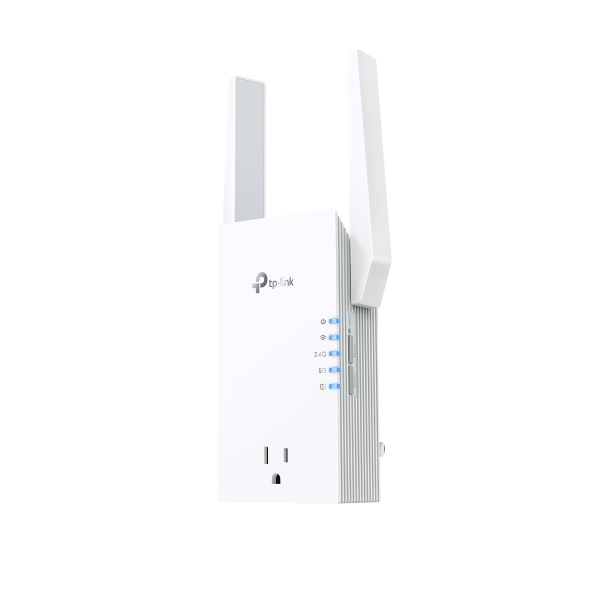How to set up Mac Filtering on router (blue UI) to control the devices connected to the range extender
Some customers tried to set up Mac Filtering on the main router to control the clients connected to the Range Extender, but they eventually found that their settings didn’t work normally. Here we will introduce the detailed steps to make it work.
Before we start, Please make sure your Range Extender has connected to the router successfully. Here we take RE305 and Archer C3150 for demonstration.
NOTE:
This article only applies to range extender that works on proxy mode. For some old-version range extender there are different modes and proxy mode can be manually selected.
Find virtual MAC address of RE and of the client connected to RE
Method 1
1. Check your client device’ real MAC address (94:DE:80:57:AD:E1), and write it down. You will need it to find the client device's virtual MAC address. Find the MAC address printed on the back of your range extender (50:C7:BF:1B:ED:C6). The latter 24 bits of each client’s virtual MAC address are exactly the same as the latter 24bits of client’s real MAC address.
2. Log into the Web GUI of your router and select Advanced->Wireless ->Statistics, you can see the MAC addresses of the devices associated to your router. By comparing these MAC addresses with the MAC address (50:C7:BF:1B:ED:C6) printed on the back of your Range Extender, you can easily find that“52:C7:BE:1B:ED:C6” and “52:C7:BE:1B:ED:C7” are the MAC addresses of your range extender associated to your router.
You can easily find the client’s virtual MAC address (52:C7:BE:57:AD:E1) by comparing to its real MAC address (94:DE:80:57:AD:E1)
NOTE:
1. For dual-band range extender, even though it’s linked to router on single band 2.4GHz or 5GHz (only 2.4G or 5G LED is lit), it may still negotiate with the router on other band as well, so it’s suggested to put those two MAC addresses of the range extender in MAC filtering list. If you have no idea how to check the Wireless Statistics of your router, please contact the vendor of your router for help.
2. You can also find the client’s virtual MAC address on wireless statistics list since the client is connected to RE which linked to the router wirelessly, so it will also show on wireless statistics.

Method 2
For Some specific models, you can check the Physical and Virtual MAC addresses on Range Extender’s web management page. For supported models and more information, please click on the following link to visit our forum: https://community.tp-link.com/en/home/forum/topic/624060.
Configure MAC filtering (White List): allow wireless access only from the devices in the list below

1. Log into Web GUI of the router and select Advanced->Wireless ->Mac Filtering->Add. Then type in the Virtual MAC Address of your PC and Enable this entry then click OK.

2. Click Add again and type in the MAC Addresses of your range extender.

3. Now you should tick “Allow wireless access only from the devices in the list below” and click Save. Turn on “Enable Wireless MAC Filtering”. Then only the computer you have specified in the list has access to the Internet.

Get to know more details of each function and configuration please go to Download Center to download the manual of your product.
Is this faq useful?
Your feedback helps improve this site.
TP-Link Community
Still need help? Search for answers, ask questions, and get help from TP-Link experts and other users around the world.


